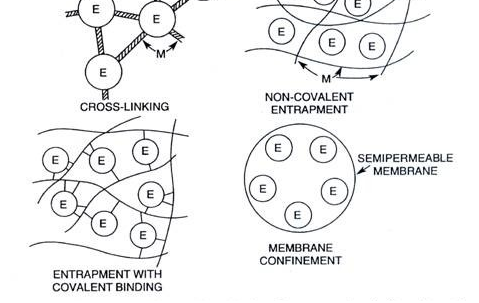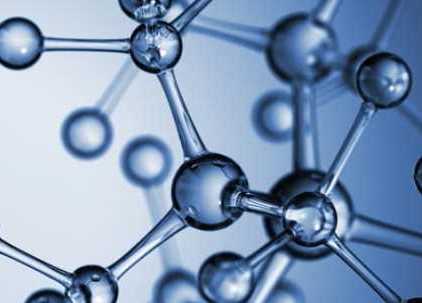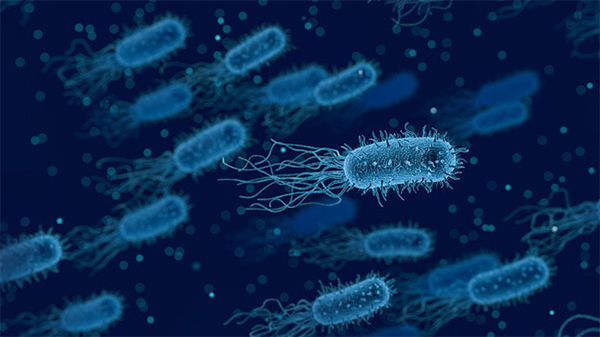Cell immobilizationis the process of fixing the cells of living organisms including plants, animals, […]
Tag: cell
CELLS THAT CAN BE CULTURED IN VITRO USING CELL CULTURE TECHNIQUE
The living cells that are cultured may include: When a whole organ or intact organ […]
PARTS OF A CELL AND THEIR FUNCTIONS
The cells of all living organisms share several structural characteristics together. Some of the many […]
PHYSIOCHEMICAL ENVIRONMENTAL FACTORS THAT AFFECT CELL CULTURE
Cell or tissue culture experimentations should not be carried out in the regular laboratory space […]
Introduction to Cell Culture
Cell culture is the laboratory technique of growing and maintaining the cells of multicellular organisms […]
WHAT IS A CELL?
A cell is simply defined as the basic structural and functional unit of life. It […]
Introduction to Microbial Physiology & Metabolism
Microbial physiology is simply defined as the study of the cell structure, growth factors, metabolic […]








